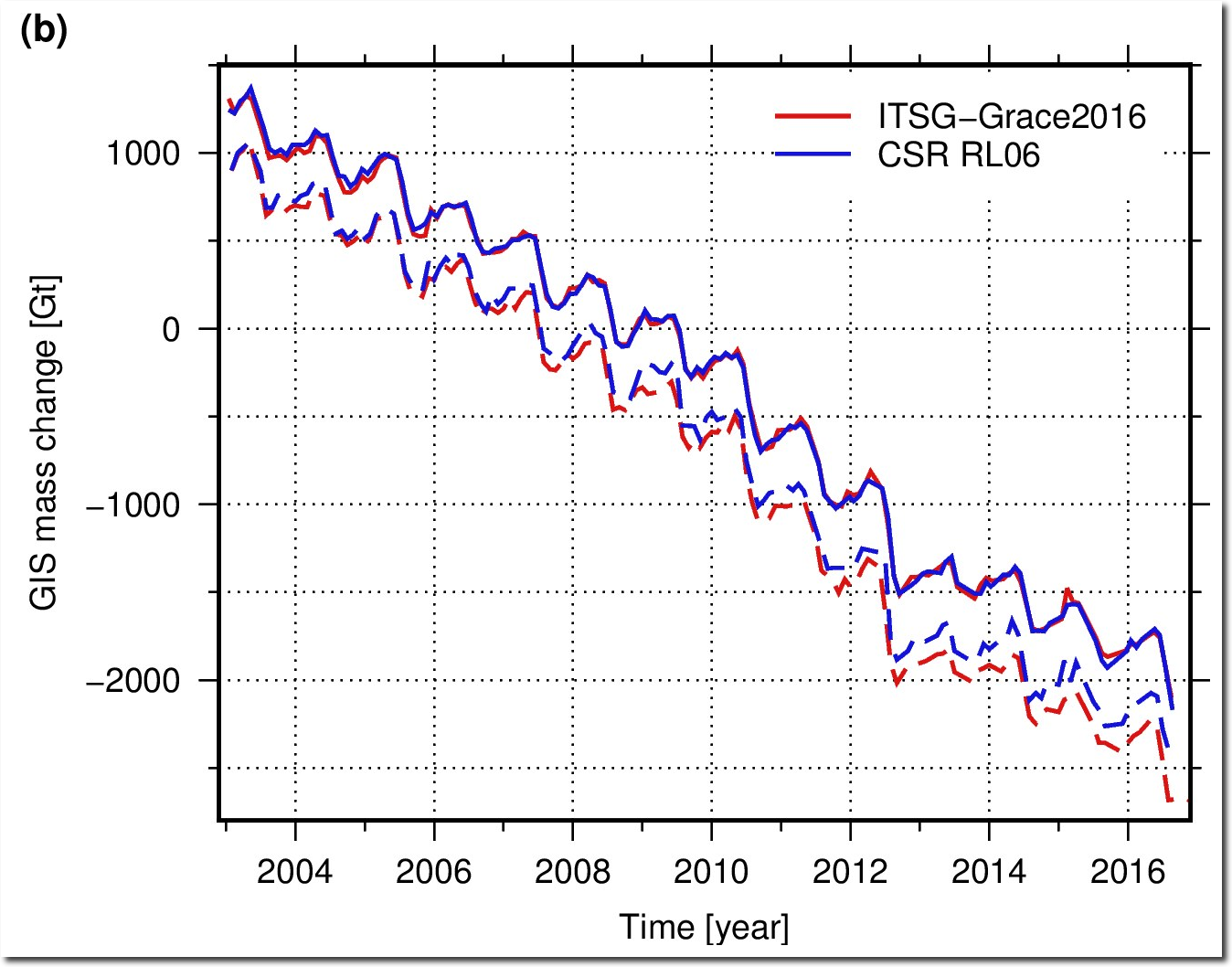As I have been saying for most of the last decade (including two days ago) climate scientists are incompetent hacks who have no clue how to interpret gravity data.
NASA glaciologist Jay Zwally first challenged the “consensus” on Antarctica in 2015 when he published a paper showing ice sheet growth in eastern Antarctica outweighed the losses in the western ice sheet.
Zwally will again challenge the prevailing narrative of how global warming is affecting the South Pole. Zwally said his new study will show, once again, the eastern Antarctic ice sheet is gaining enough ice to offset losses in the west.
So, why is there such a big difference between Zwally’s research and what 80 scientists recently published in the journal Nature?
There are several reasons for the disagreement, but the biggest is how researchers make what’s called a glacial isostatic adjustment (GIA), which takes into account the movement of the Earth under ice sheets.
Scientists use models to measure the movement of land mass in response to changes the ice sheet sitting on top. For example, Zwally said eastern Antarctica’s land mass has been going down in response to ice sheet mass gains.
That land movement effects ice sheet data, especially in Antarctica where small errors in GIA can yield big changes ice sheet mass balance — whether ice is growing or shrinking. There are also differences in how researchers model firn compaction and snowfall accumulation.
“It needs to be known accurately,” Zwally said. “It’s an error of being able to model. These are models that estimate the motions of the Earth under the ice.”
Zwally’s 2015 study said an isostatic adjustment of 1.6 millimeters was needed to bring satellite “gravimetry and altimetry” measurements into agreement with one another.
Shepherd’s paper cites Zwally’s 2015 study several times, but only estimates eastern Antarctic mass gains to be 5 gigatons a year — yet this estimate comes with a margin of error of 46 gigatons.
Zwally, on the other hand, claims ice sheet growth is anywhere from 50 gigatons to 200 gigatons a year.
I find it incredible that anyone would be stupid enough to report precision ten times greater than their error, but nothing from these incompetent hacks known as climate scientists surprises me any more. Nobody knows what is going on under the ice sheet, and claiming they can detect gravity changes in a two mile thick low density ice sheet sitting on top of five thousand miles of dynamic high density rock – is beyond the pale.
And the same problem also applies to fake Greenland graphs like the one below. People who make these graphs have absolutely no clue what they are doing, other than defrauding the public.



